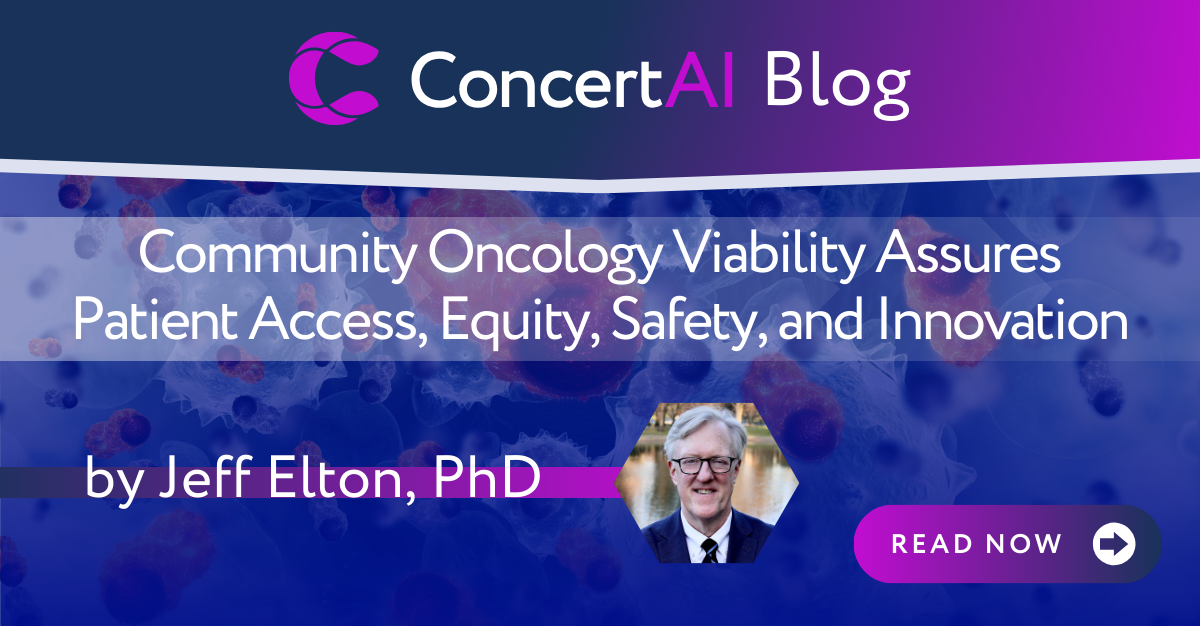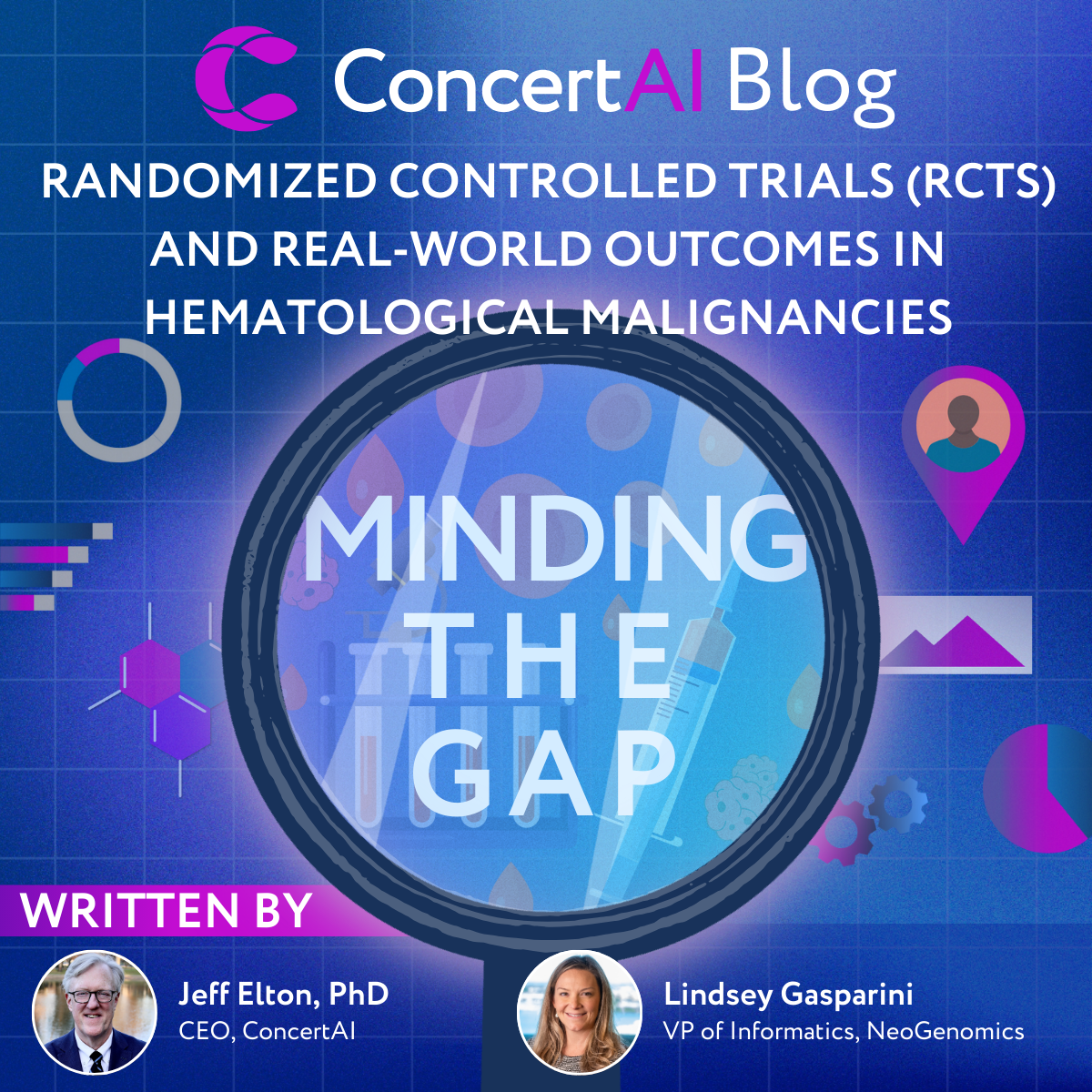 By Jeff Elton, PhD, CEO
By Jeff Elton, PhD, CEO
The War on Cancer has a long history, extending back to 1937 when President Franklin Roosevelt signed the National Cancer Act that created the National Cancer Institute (NCI) as a U.S. Institute of Health and culminating over 30 years of attempts and discussions to have an organized, national approach to oncology. Fifty years ago (1971), the National Cancer Act was passed, creating the National Cancer Advisory Board (NCAB). This body has the authority to create new cancer centers, research programs, and physician training programs. The NCAB in turn led to the creation of the National Cancer Research and Demonstration Centers – the leading academic centers as we now know them.1
Today there are 71 NCI-designated Cancer Centers in 36 states of which 13 are Cancer Centers, 51 Comprehensive Cancer Centers, and 7 basic research laboratories. Of the Designated Cancer Centers, 11 are defined as Medicare Prospective Payment System (PPS) exempt, a category that emerged around their deep training and educational roles. PPS was put into place in 1983 as a specific exclusion in a set of changes to Social Security. It enabled payments on a reasonable basis versus Diagnostic Related Groups (DRGs), or how almost all other providers are paid. Until very recently, it has generally not been known how the PPS-exempt cancer centers outcomes differ from other hospitals affiliated with National Cancer Institute cancer centers (NCI-CCs) or other cancer centers more broadly. However, recent data seem to indicate that there is not a great difference across these centers when outcomes are compared and adjusted, even though costs are 42% higher for inpatient services and 37% higher for outpatient in the centers than their peer groups.2 Overall, we don’t have good data on how these 11 institutions and the other 53 centers compare to the almost 1,450 community centers in the country. What we do know is that the 64 centers care for less than 20% of all cancer patients each year, with the balance of the 80% being treated in community settings.
These centers are important because they were epicenters of clinical trials and research for the better part of a century. Their evolved financial models allowed them to have world-class clinical staff who were 50% focused on research and 50% on clinical care. Also, critical early infrastructure in the centers, such as Next Generation Sequencing (NGS) labs, radiation oncology facilities, proton beam facilities, etc. could be deployed and financially sustained by the combination of NCI funding and PPS exempt reimbursement. As such, trial participation rates could be 20 to 60%, with some centers claiming that close to 100% of patients were on some form of investigatory study protocol. By contrast, the 1,400-plus centers where 80% receive their care have on average a 2.5 to 3.5% trial participation rate.3
For decades, community oncology was paid for by a “buy and bill” model where outpatient practices purchased drugs and then billed for negotiated or pre-set prices. In 2003, Congress enacted the Medicare Modernization Act which in turn altered incentives on both the buy and bill sides of Part B-covered drugs. On the bill side, the MMA required Medicare Part B payment for drugs administered to patients by outpatient oncology practices (excluding outpatient hospital departments) to be reimbursed based on 106% of the ASP. This change established reimbursement as more market based. However, differences in payer mix, 340B eligibility, etc. indicated a lack of equity and equivalence across settings and regions. Since this time, these costs and this model has been under constant pressure as Part B can be 15 to 20% of the total federal budget, with oncology representing 25% of Part B costs.4 An example of ever-increasing pressures on reimbursement and pricing include the Interim-Final rule that reduced further practice margins while not impacting acquisition costs.
The net effect of these pressures is that, over the last decade, community oncology practices have grown more efficient and productive while augmenting their local capabilities for care and clinical services. Next Generation Sequencing testing is now broadly accessible at the community level through third party labs, service providers and even community-based labs in all settings. So now advanced imaging, radiation treatment, and other advanced treatment and diagnostic modalities are increasingly integrated into community providers in at least one of their local sites. This was not an easy transition, with real and very human challenges, but it has resulted in very efficient, well skilled, and well-equipped clinical sites.
In 2016, I wrote the book Healthcare Disrupted with my colleague Anne O’Riordan.5 The book was both an homage to the scholar Clay Christensen (who pioneered the notion of ‘disruption’ in healthcare with concepts developed at Harvard Business School that I was privileged to participate in) and a forward look at how digital Real-World Data (RWD) and AI solutions could transform healthcare and life sciences innovations. The concept of disruption is that less exalted technologies, services, or solutions grow in their capabilities over time, sustaining their cost advantages to ultimately overwhelm and subsume more expensive legacy solutions that may suffer from forms of technology ‘overshoot,’ or a sort of bloat that ultimately sinks the process or tool.
True disruption is now happening in the world of oncology clinical care and clinical research. Community providers are on a path to becoming standard-bearers of quality and efficiency while, more importantly, serving as innovation accelerators for biomedical innovations. This trend will benefit the healthcare provider community, patients, and the biomedical innovators.
AI-enabled Software-as-a-Service (SaaS) solutions can now design clinical studies that focus on deployment in community settings. Digital and AI patient identification solutions can be integrated into healthcare provider workflows, fulfilling the promise of making clinical trials no more complicated than standard of care for providers and patients. These offer the further promise of faster study starts, broader access, accelerated times to completion, and Last Patient Last Visit.
The last decades have depended on a small number of leading academic research institutions to conduct the majority of clinical trials – a critical role for them to hold for the foreseeable future. But capacity for more trials and accessibility to most patients are both limited. Consider that providers who see 80% of all patients only have a 2.5% participation rate in clinical trials. At approximately 1.6 million new cancer diagnoses per year, of which 800,000 to 1 million patients enter medical treatment, every 1% of increased participation could represent close to 6,500 patients annually, or the ability to advance 50 to 100 additional registrational trials. It took more than a quarter century to advance clinical trials in the 64 centers to 65,000 participating patients per year. So given that we have several hundred trials that either stopped accruing or could not initiate this sort of access, participation is material to restarting the pipeline of clinical trials and getting us to a new and more efficient model for the industry.
The role of community oncology has always been critical. For most patients, care is local. Care and optimal outcomes require the active support of family, friends, colleagues, and providers. Now, world class research will be local as well. This new generation of community oncology centers will now be the vanguard of a new model for clinical research – one powered by RWD and AI-enabled SaaS solutions that are integral to their clinical workflows and accessible to all patients. It’s a disruption that offers new speed, new productivity, greater representativeness, and broadly greater equity in clinical research.
1 https://www.cancer.gov/research/infrastructure/cancer-centers
2 JAMA Intern Med. 2019;179(8):1043-1051. doi:10.1001/jamainternmed.2019.0914
3 ConcertAI analyses based on community provider network data.
4 “Payment for Oncolytics in the United States: A History of Buy and Bill and Proposals for Reform”; JOURNAL OF ONCOLOGY PRACTICE • VOL. 10, ISSUE 6
5 Healthcare Disrupted: Next Generation Business Models and Strategies; ISBN: 978-1-119-17188-1; Wiley & Company, Hoboken NJ, 2016.

